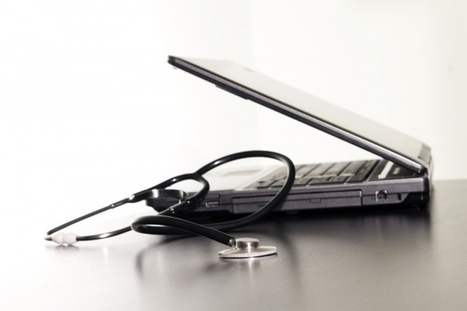Though the industry has made outstanding progress in adopting EMRs, the practice of data acquisition from patients remains cloudy.
A recommendation from the HITSC Meaningful Use Workgroup would require practices with electronic health records (EHRs) to allow 10 percent of patients to report PGHD electronically.
If approved in meaningful use stage 3, the final stage of HealthIT.gov’s EHR incentive program, it could push hospitals to incorporate patient-generated data.
This requirement may seem like a relatively simple intervention, but the ramifications are quite significant. If clinical decision-making is made on the basis of data supplied by patients and documented in the EMR, how can clinicians be sure that such data is complete, correct and valid? And will clinicians like me learn to rely on it, or will we disregard it due to concerns about its validity or barriers to integrating it into care flow?
Furthermore, if a patient is in control of her health data entry, who is ultimately responsible for its completeness and accuracy — the patient or the clinician?
Incorporating biometric data into the EMR, an exciting prospect, is even more complex. Though clinicians are quite familiar with data entry from FDA-approved medical devices such as blood glucose meters, pacemakers and pulmonary function units, data from a myriad of consumer-driven health devices (Fitbit and others) will soon seek to flex their way into EMRs.
Patients clearly value these data; a recent Pew Research report noted that 60 percent of adults claim to track their exercise routine, weight or diet, meaning providers have some catch-up to do in order to meet patients halfway. Some health systems, such as Partners HealthCare, have already been experimenting with the incorporation of PGHD from remote devices into the EMR, and other institutions should follow.
Consumer health data devices are moving ahead at a staggering pace, and while the health care system can’t quite keep up, strategic planning should be happening now.
Despite the challenges, incorporating PGHD is a necessary evolutionary step for health care. Intelligently designed, well-executed systems that fully incorporate and display PGHD in a meaningful way will improve shared decision-making and enable patients as active care partners. Keen clinicians and patients will stay closely tuned to the numerous transformations to come.
Via nrip



 Your new post is loading...
Your new post is loading...








A review of the use of patient generated health data and its implications on healthcare in the future. Having patient's enter their health history into the EMR prior to arrival is a time saving step that may allow the provider to spend more time with the patient for diagnosis and education. However, this means that an accurate review of what the patient has entered must also be done. If the provider is not entering the information his/herself, there is too much opportunity for something to be missed or entered incorrectly. In regards to the potential for future collaboration between patient worn devices and EMR, I am not sure how helpful this is. While it is nice for the provider to see that you have been getting exercise, it really does not make any change in the plan of care.